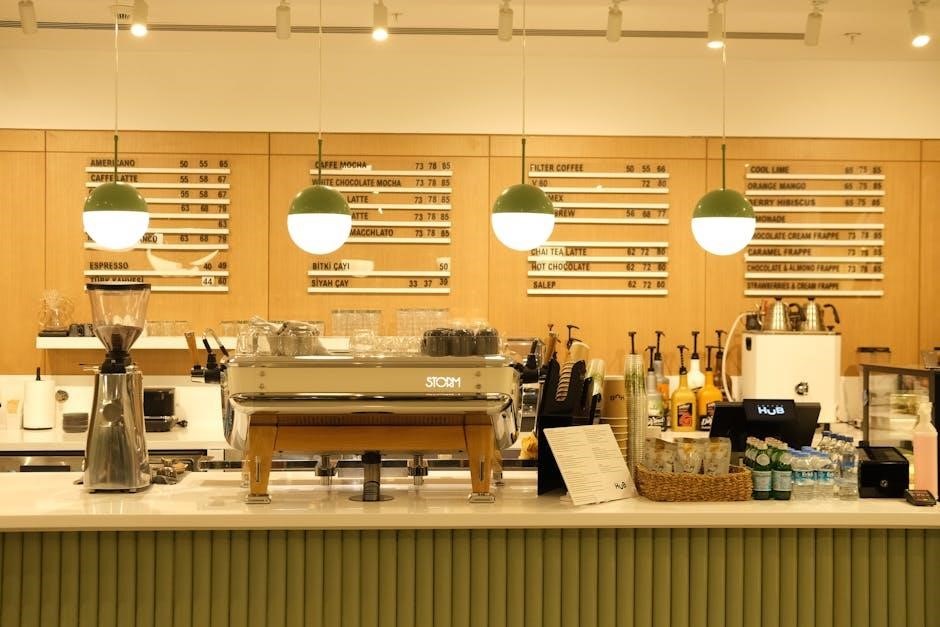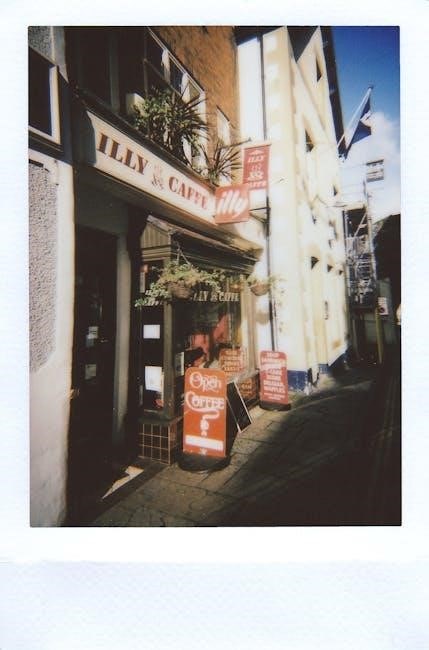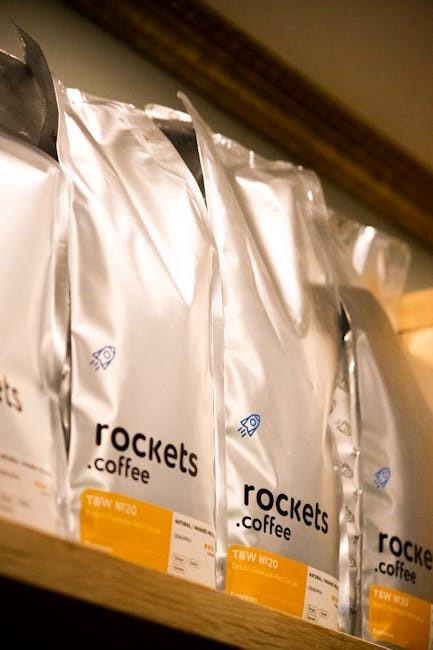Executive Summary
This coffee shop business proposal PDF outlines a comprehensive plan to launch a unique, modern café offering premium coffee, teas, and pastries. The shop aims to create a welcoming atmosphere, targeting students, professionals, and coffee enthusiasts.
Market Analysis
The coffee shop market is growing rapidly, driven by demand for specialty coffee and convenient dining options. Targeting young professionals, students, and coffee enthusiasts, the shop will capitalize on health trends, sustainability, and competitive pricing to stand out.
Industry Overview
The specialty coffee industry is experiencing steady growth, with a projected compound annual growth rate (CAGR) of 8.5% through 2028. Consumers are increasingly seeking premium, ethically sourced coffee and unique café experiences. The rise of health-conscious trends has also boosted demand for organic and plant-based menu options. Coffee shops now serve as community hubs, offering not just beverages but a welcoming space for remote work and social gatherings. With the average American consuming 2.1 cups of coffee daily, the market remains robust. However, competition is intense, with both chains and independent shops vying for market share. To stand out, cafes must emphasize quality, sustainability, and personalized service. This industry overview highlights the opportunities and challenges, positioning the business to leverage these trends effectively while carving a niche in the competitive landscape.
Menu and Pricing Strategy
The menu will feature a diverse selection of specialty coffee drinks, teas, and locally sourced pastries, ensuring there’s something for every palate. Signature items include handcrafted espresso beverages, single-origin pour-overs, and unique flavor combinations like lavender and honey lattes. To cater to health-conscious customers, the menu will also include vegan and gluten-free options, such as plant-based milk alternatives and energy bars. Pricing will be competitive, with most drinks ranging from $4 to $6, and baked goods priced between $3 and $5. A loyalty program will offer discounts for frequent customers, encouraging repeat visits. Seasonal menu items, such as pumpkin spice lattes in fall and peppermint mochas in winter, will create buzz and drive sales. The pricing strategy balances affordability with the premium quality of ingredients, ensuring profitability while maintaining customer appeal. This approach aligns with the target market’s preferences and supports the brand’s positioning as a high-quality, community-focused café.

Operations Plan
The café will operate daily from 7 AM to 7 PM, staffed by trained baristas and managers. Suppliers will provide fresh, high-quality ingredients. Equipment will be regularly maintained to ensure optimal performance. A loyalty program will enhance customer retention and satisfaction.
Location and Supply Chain
The coffee shop will be strategically located in a bustling area with high foot traffic, such as near universities, offices, or shopping districts. The site will be easily accessible and visible to attract a steady stream of customers. For the supply chain, high-quality coffee beans will be sourced from reputable local and international suppliers to ensure freshness and flavor consistency. Pastries and snacks will be procured from local bakeries to support the community and maintain freshness. A reliable distribution network will ensure timely deliveries, minimizing stockouts and operational disruptions. The location will also feature ample seating and a cozy atmosphere to enhance customer experience. By aligning location and supply chain strategies, the café will efficiently meet customer demands while maintaining high standards of quality and service.

Financial Plan
The financial plan outlines the coffee shop’s strategy for achieving profitability and long-term sustainability. Initial startup costs will cover location rental, equipment, inventory, and marketing, with a detailed breakdown provided in the business plan. Revenue projections are based on average customer spend and foot traffic analysis, ensuring realistic financial goals. The break-even point is expected within the first two years of operation, driven by competitive pricing and high-quality offerings. Funding requirements will be met through a combination of personal investment and external financing. Financial projections include profit-and-loss statements, cash flow analysis, and balance sheets, all designed to demonstrate the café’s viability to investors. The plan also highlights strategies for cost control, efficient budget allocation, and maximizing profitability. By maintaining financial discipline and adapting to market trends, the coffee shop aims to secure a strong position in the competitive café industry.

Management and Staffing
The coffee shop will be managed by an experienced team, ensuring smooth operations and high customer satisfaction. The General Manager, with over 20 years in the industry, will oversee daily activities, staff training, and customer relations. The team includes skilled baristas, friendly servers, and a head chef responsible for pastries and snacks. Hiring will focus on passionate individuals who align with the café’s mission to deliver exceptional service. Comprehensive training programs will be implemented to enhance staff skills and knowledge, fostering a positive work environment. The organizational structure will promote clear communication and delegation, ensuring all roles contribute effectively to the café’s success. By prioritizing employee development and satisfaction, the coffee shop aims to build a loyal and efficient team that drives business growth and maintains a strong reputation in the community. This approach ensures consistent quality and a welcoming atmosphere for all customers.

Marketing Strategy
The marketing strategy for the coffee shop focuses on creating a strong brand identity and attracting a loyal customer base. Targeting university students, office workers, and coffee enthusiasts, the shop will emphasize its unique offerings, such as specialty coffee drinks and locally sourced pastries. Social media platforms like Instagram and Facebook will be leveraged to showcase the café’s ambiance and menu items, while email marketing will help retain customers through exclusive promotions and loyalty programs. Partnerships with local businesses and suppliers will enhance the shop’s community presence. In-store events, such as coffee-tasting workshops and live music performances, will foster a vibrant atmosphere and encourage customer engagement. The café will also offer discounts for first-time visitors and referral incentives to drive word-of-mouth marketing. By combining digital outreach with personalized experiences, the coffee shop aims to establish itself as a go-to destination for coffee lovers, ensuring long-term growth and customer satisfaction. This strategic approach ensures the café stands out in a competitive market.
SWOT Analysis
The SWOT analysis highlights the coffee shop’s strengths, weaknesses, opportunities, and threats. Strengths include a unique atmosphere, high-quality products, and a strong focus on customer experience. The shop’s ability to source ingredients locally and offer specialty drinks sets it apart from competitors. Weaknesses involve high initial startup costs and limited brand recognition. The business is also vulnerable to location-dependent success, requiring careful site selection. Opportunities exist in the growing demand for specialty coffee and the potential to expand into new markets or partner with local businesses. The shop can also capitalize on trends like sustainability and health-conscious menu options. Threats include intense competition from established chains, economic downturns affecting consumer spending, and rising costs of ingredients. By addressing these factors, the coffee shop can mitigate risks and maximize its market potential, ensuring long-term sustainability and growth in a competitive industry landscape. This analysis provides a clear roadmap for strategic decision-making.
